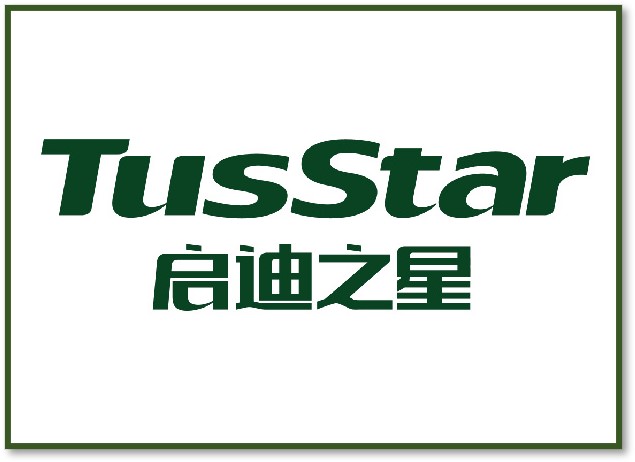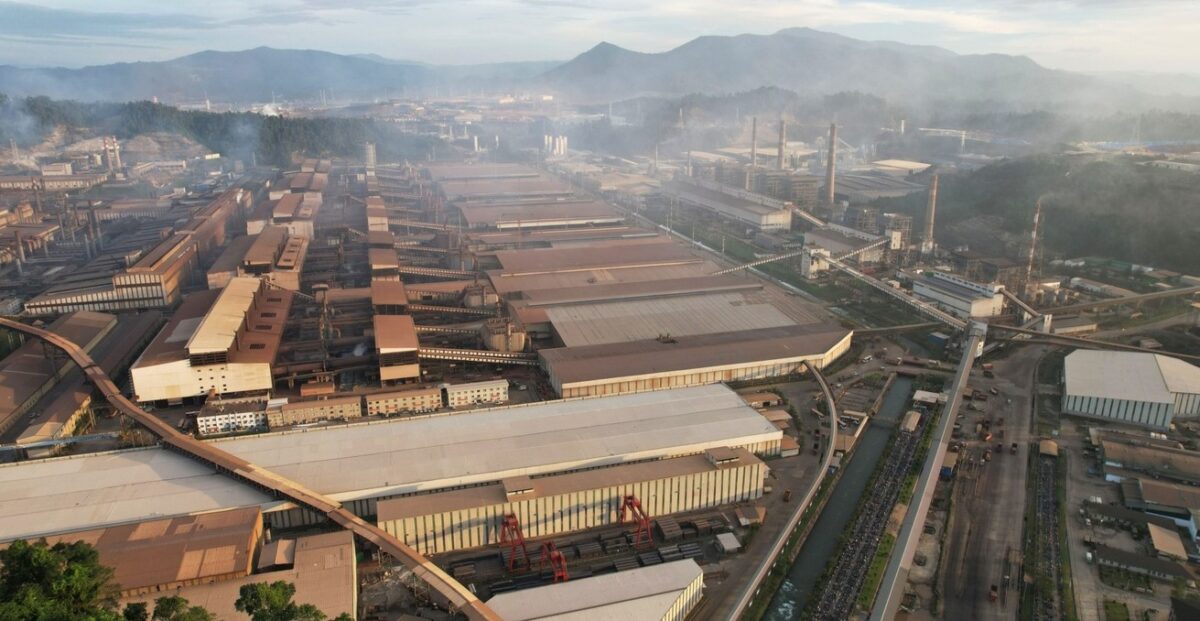Blockchain, the digital record-keeping technology behind Bitcoin and other cryptocurrency networks, is a potential game changer in the financial world. But another area where it holds great promise is supply chain management.
The Advantages of Blockchain- A blockchain system eliminates the blind spots which ERP cannot detect.
Led by companies such as Walmart and Procter & Gamble, considerable advancement in supply chain information sharing has taken place since the 1990s, thanks to the use of enterprise resource planning (ERP) systems. However, visibility remains a challenge in large supply chains involving complex transactions.
An example of a hypothetical scenario: a simple transaction involving a retailer that sources a product from a supplier, and a bank that provides the working capital the supplier needs to fill the order. The transaction involves information flows, inventory flows, and financial flows. Note that a given flow does not result in financial-ledger entries at all three parties involved. And state-of-the-art ERP systems, manual audits, and inspections can’t reliably connect the three flows, which makes it hard to eliminate execution errors, improve decision-making, and resolve supply chain conflicts.
Integrating ERP systems is expensive and time-consuming
Large organizations may have more than 100 legacy ERP systems—a result of organizational changes, mergers, and acquisitions over time. Those systems often do not easily communicate with one another and may even differ in how they define data fields. One large company told us it had 17 ledgers in separate ERP systems associated with a single activity—trucking—and its suppliers and distributors had their own ledgers and ERP systems. the blockchain would interface with legacy systems across participating firms. Each firm would generate blocks of transactions from its internal ERP system and add them to the blockchain. This would make it easy to integrate various flows of transactions across firms.
Supply chain advantage of blockchain: Cross-border compliance
The zoned architecture enables those in the value chain to react to and comply with country-specific regulations.
Supply chain advantage of blockchain: 5. Ease of adoption. 5. The pressure to move to net zero is immense, and blockchain is a way to speed up the process of becoming more sustainable. This includes the rate at which businesses can enact change, as it streamlines the route to wider sustainability.
Supply chain advantage of blockchain: Consumer confidence
Blockchain enables companies to identify the provenance of raw materials, and whether the supply of a product has violated ESG guidelines – so protecting businesses from reputational damage.
When blockchain record keeping is used, assets such as units of inventory, orders, loans, and bills of lading are given unique identifiers, which serve as digital tokens (similar to bitcoins).
Additionally, participants in the blockchain are given unique identifiers, or digital signatures, which they use to sign the blocks they add to the blockchain. Every step of the transaction is then recorded on the blockchain as a transfer of the corresponding token from one participant to another.

Consider how the transaction in our example looks when represented on a shared blockchain.
First, the retailer generates an order and sends it to the supplier. At this point, since no exchange of goods or services has taken place, there would be no entries in a financial ledger. However, with blockchain, the retailer records the digital token for the order. The supplier then logs in the order and confirms to the retailer that the order has been received—an action that again gets recorded on the blockchain but would not generate an entry in a financial ledger. Next, the supplier requests a working capital loan from the bank to finance the production of the goods. The bank verifies the order on the shared blockchain, approves the loan and records the loan’s digital token on the same blockchain. And so on.
A blockchain is valuable partly because it comprises a chronological string of blocks integrating all three types of flows in the transaction and captures details that aren’t recorded in a financial ledger system. Moreover, each block is encrypted and distributed to all participants, who maintain their copies of the blockchain. Thanks to these features, the blockchain provides a complete, trustworthy, and tamperproof audit trail of the three categories of activities in the supply chain.
Blockchain thus greatly reduces, if not eliminates, the kind of execution, traceability, and coordination problems that we’ve discussed. Since participants have their copies of the blockchain, each party can review the status of a transaction, identify errors, and hold counterparties responsible for their actions. No participant can overwrite past data because doing so would entail having to rewrite all subsequent blocks on all shared copies of the blockchain.
Supply chain advantage of blockchain: Increases security
Blockchain tech prevents important regulations from being bypassed through its rigour in closing loopholes. Examples include protection against data tampering and the creation of ‘ghost employees’. Blockchain can create a transparent audit trail of actions that cannot be manipulated.
Supply chain advantage of blockchain: Sustainability
Blockchain helps industry and governments act more sustainably by closing down illegal and unethical practices. The tech brings unparalleled traceability which can help reduce environmental transgressions such as illegally exported timber, or environmentally unsound palm oil trade.
Supply chain advantage of blockchain: Objectivity
Blockchain tech makes decisions based on objective data. This eliminates human input that is based on ulterior motives like maximising profits. For example, the decision to fell or not to fell an individual tree will be based on verified data, rather than by distorting important – and more expensive – practices such as environmentally sound felling.
Supply chain advantage of blockchain: Transparency
With blockchain, the sustainability and security of a product can be examined from end-to-end, providing reassurance – from raw material to finished product.
For more information: Procurement magazine





















